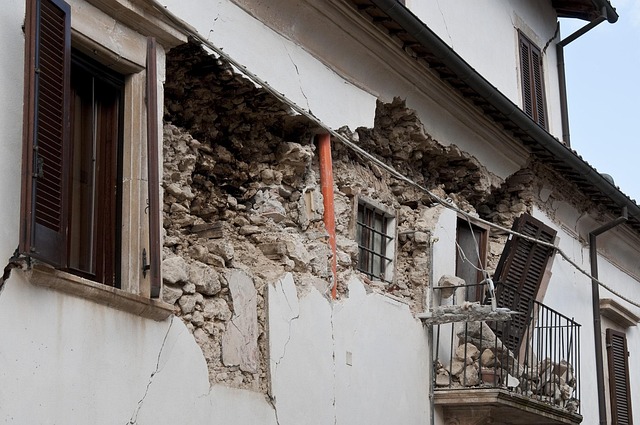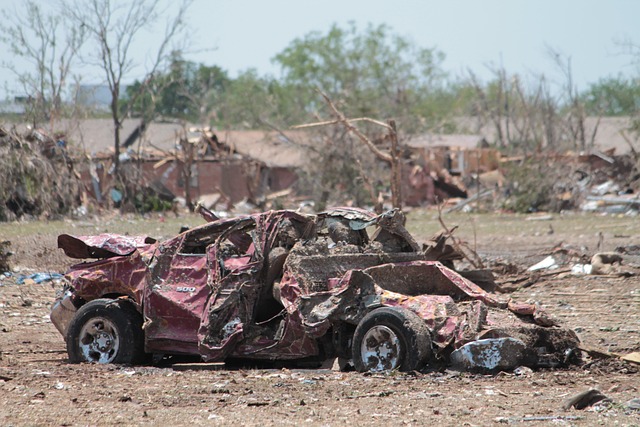Real estate professionals assess building vulnerabilities and local environmental threats to guide tailored reinforcement strategies. Embracing Resilient Design Strategies, integrating green spaces, efficient energy systems, and sustainable materials, enhances community resilience against natural disasters. Community preparedness, led by education on safety standards and resilient infrastructure, along with initiatives like emergency response training, significantly improves overall readiness, safeguarding investments and fostering safer neighborhoods.
In today’s world, reinforcing structures against environmental threats is paramount for both communities and real estate investments. This article explores three key strategies: assessing vulnerabilities in real estate structures, implementing resilient design strategies, and fostering community preparedness for environmental disasters. By delving into these areas, we aim to provide insights that enhance the sustainability and safety of our built environment, ensuring a secure future for all stakeholders in the real estate sector.
Assessing Vulnerabilities in Real Estate Structures

When it comes to reinforcing structures against environmental threats, assessing vulnerabilities in real estate is a crucial first step. This involves meticulously evaluating the physical condition and design of buildings, identifying potential weaknesses that might expose them to hazards like extreme weather events, natural disasters, or pollution. By employing advanced diagnostics and simulations, professionals can pinpoint areas requiring strengthening, be it structural frames, roofing systems, or critical infrastructure components.
Understanding the unique challenges posed by the local environment is key in this process. This includes considering factors such as seismic activity, flooding risks, high winds, or acid rain, which can vary significantly from one region to another. Tailoring reinforcement strategies to these specific vulnerabilities ensures that real estate investments are not only protected but also preserved for future use, thereby safeguarding both financial assets and the well-being of occupants.
Implementing Resilient Design Strategies

In the face of growing environmental challenges, the real estate industry is increasingly adopting Resilient Design Strategies. These approaches prioritize sustainability and adaptability in construction, ensuring buildings can withstand natural disasters, extreme weather events, and other environmental threats. By integrating green spaces, efficient energy systems, and sustainable materials, developers are creating structures that not only minimize their ecological footprint but also enhance community resilience.
Implementing these strategies requires a holistic view of design, considering everything from the choice of building materials to the layout of surrounding landscapes. For instance, incorporating permeable surfaces and green infrastructure can help manage stormwater runoff, while efficient insulation and ventilation systems reduce energy consumption. As environmental threats continue to evolve, real estate professionals must embrace these resilient design principles to build a more sustainable and secure future for communities worldwide.
Community Preparedness for Environmental Disasters

In the face of growing environmental threats, community preparedness is more critical than ever for real estate stakeholders. This involves equipping local communities with the knowledge and resources needed to mitigate risks associated with natural disasters such as floods, wildfires, or extreme weather events. By fostering a culture of resilience, residents can better protect themselves, their homes, and nearby properties. Community-led initiatives like emergency response training, neighborhood watch programs, and shared resources for disaster preparedness kits can significantly enhance overall readiness.
Real estate professionals play a pivotal role in promoting community preparedness by educating buyers and sellers about these crucial aspects. They can encourage proactive measures such as ensuring buildings meet modern safety standards, installing resilient infrastructure, and adopting sustainable practices that reduce environmental hazards. Through open dialogue and collaborative efforts with local authorities, real estate agents can help communities become more adept at navigating and recovering from environmental disasters, ultimately safeguarding their investments and fostering safer neighborhoods.






